Potency Testing Benefits and Requirements
Potency testing measures the concentration of the active pharmaceutical ingredient (API). This essential test ensures the API concentration matches its intended amount and provides value-added benefits to pharmacies including:
- Supports product compliance checks.
- Establishes compounding process controls.
- Confirms the preparation is accurate and precise.
- Ensures filter sterilization doesn’t bind drug therefore reducing the drug potency.
- Provides documentation references for regulatory audits and patient questions.
- Supports sales tools demonstrating a dedication to quality.
Potency testing is recommended to ensure compounded drug products meet quality standards and assures that compounded drug products meet the FDA safety requirements and have the identity and strength characteristics that the drugs claim to possess.
Potency Testing Requirements
United States Pharmacopeia (USP <797> and <795>)
USP <797> and <795> requires compounding pharmacies to:
- Certify that labels of drug products include correct names and concentrations of ingredients, total volume, beyond use date, appropriate route of administration, dosage form, storage conditions, and other information for safe use.
- Compare compound record to original prescription for correct identities, purities, and amounts.
- Verify correct fill volumes and correct number of units were obtained.
- Drug products may be recalled for an assortment of reasons including safety, mislabeling, contamination, and deviations in strength or potency.
Food and Drug Administration (FDA) 503B Outsourcing Facilities
Refer to the Current Good Manufacturing Practice—Guidance for Human Drug Compounding Outsourcing Facilities Under Section 503B of the FD&C Act Guidance document.
ARL Potency Test Methods
A potency test method separates, identifies, and quantifies compounds present in a sample. ARL frequently uses high-performance liquid chromatography (HPLC), ion chromatography (IC), and gas chromatography (GC) to measure API concentration by comparing a known reference standard at a known concentration to the sample (drug substance or product). USP has established that the acceptable range of most compounded drugs is ± 10%; however, it can be as great as ± 20% (as with some proteins) or as tight as ± 5% (as with potent analgesics). Pharmacies may also specify an acceptable range based on their compounded formulation.
Potency Methods:
- Use system suitability to verify the resolution and reproducibility of the chromatographic system are adequate for analysis.
- Give reliable results.
- Separate excipients and other API’s
- Provide documented and reviewed test results.
Potency test methods can only be considered fully validated if they are validated for the specific formulation being tested. Compounding pharmacies make a variety of formulations to meet individual patients’ needs. Having fully validated test methods for every pharmacy’s formulation would require pharmacies to communicate each formulation change to the laboratory and may require verification or revalidation of an existing test method or validation of a brand-new test method. This work would increase costs for the pharmacy and time for the patient to receive their compounded medication. ARL offers potency testing services using both validated and non-validated methods.
ARL provides pharmacies with a certificate of analysis (CofA) that states the analytical instrument or method, drug identity, concentration, and percentage of expected concentration. For non-validated methods, ARL’s CofA states “the potency method(s) used for testing passed system suitability requirements per ARL SOP AMP-012 for non-GMP analysis. Product specific method validation is not available for the sample and specification(s) are for informational purposes only.”
For validated methods, ARL’s CofA includes a reference to the validated test method number (e.g. AMI-XXXX). The methods are validated specifically for the formulation tested and the specifications are established by the client.
Please contact ARL (800) 393-1595 or info@arlok.com with questions.
Reference Documents:
- United States Pharmacopeia <797>
- United States Pharmacopeia <795>
- FDA Current Good Manufacturing Practice — Interim Guidance for Human Drug Compounding Outsourcing Facilities
- Kupiec, T. “Quality Control Analytical Methods: High Performance Liquid Chromatography”. International Journal of Pharmaceutical Compounding. Vol. 8, No. 3. May/June 2004 p. 223-227
- Kupiec, T. “Chemical Testing Aspects of USP Chapter <797> for Compounded Sterile Preparations”. International Journal of Pharmaceutical Compounding. Vol. 9, No. 2. March/April 2005 p. 136-138
